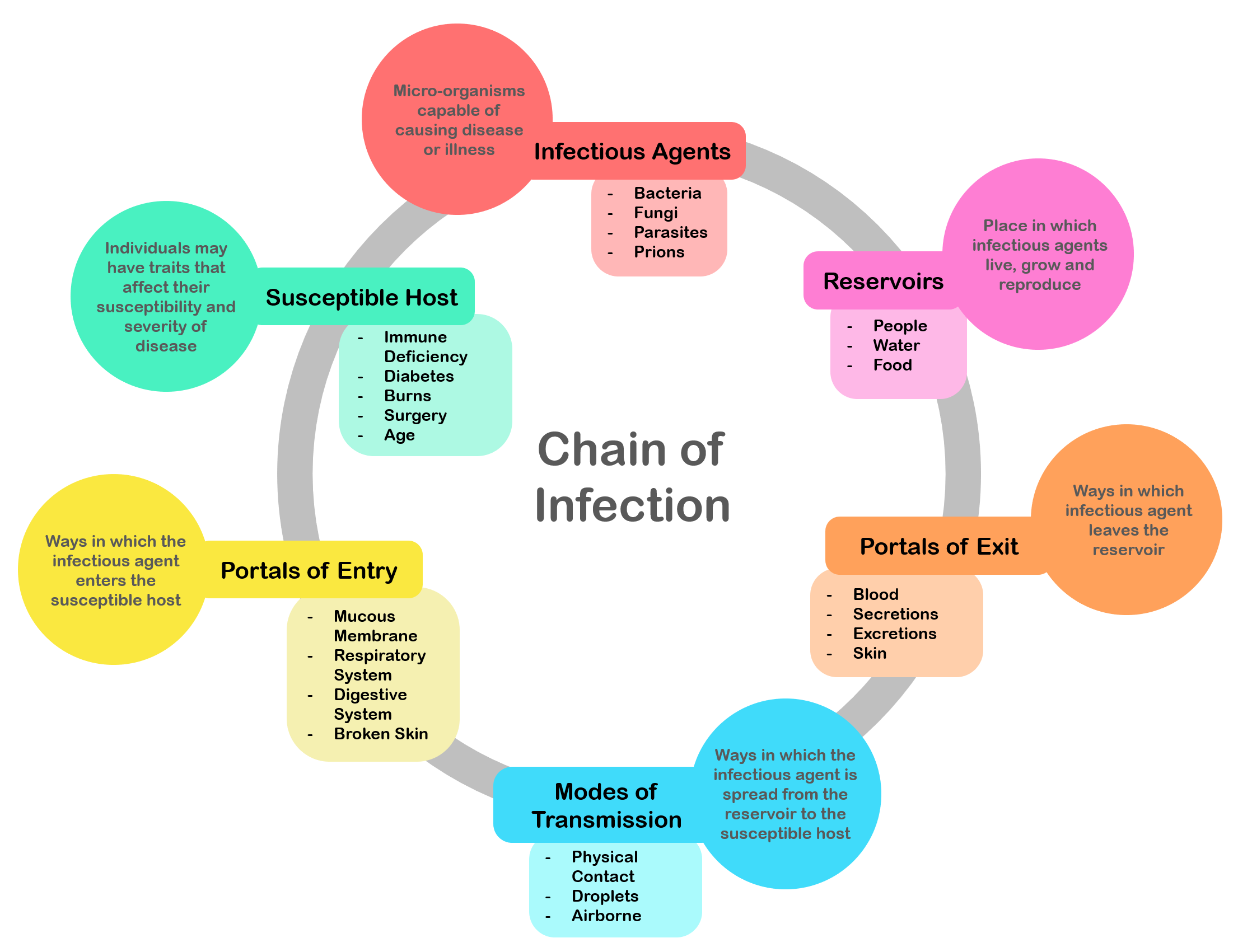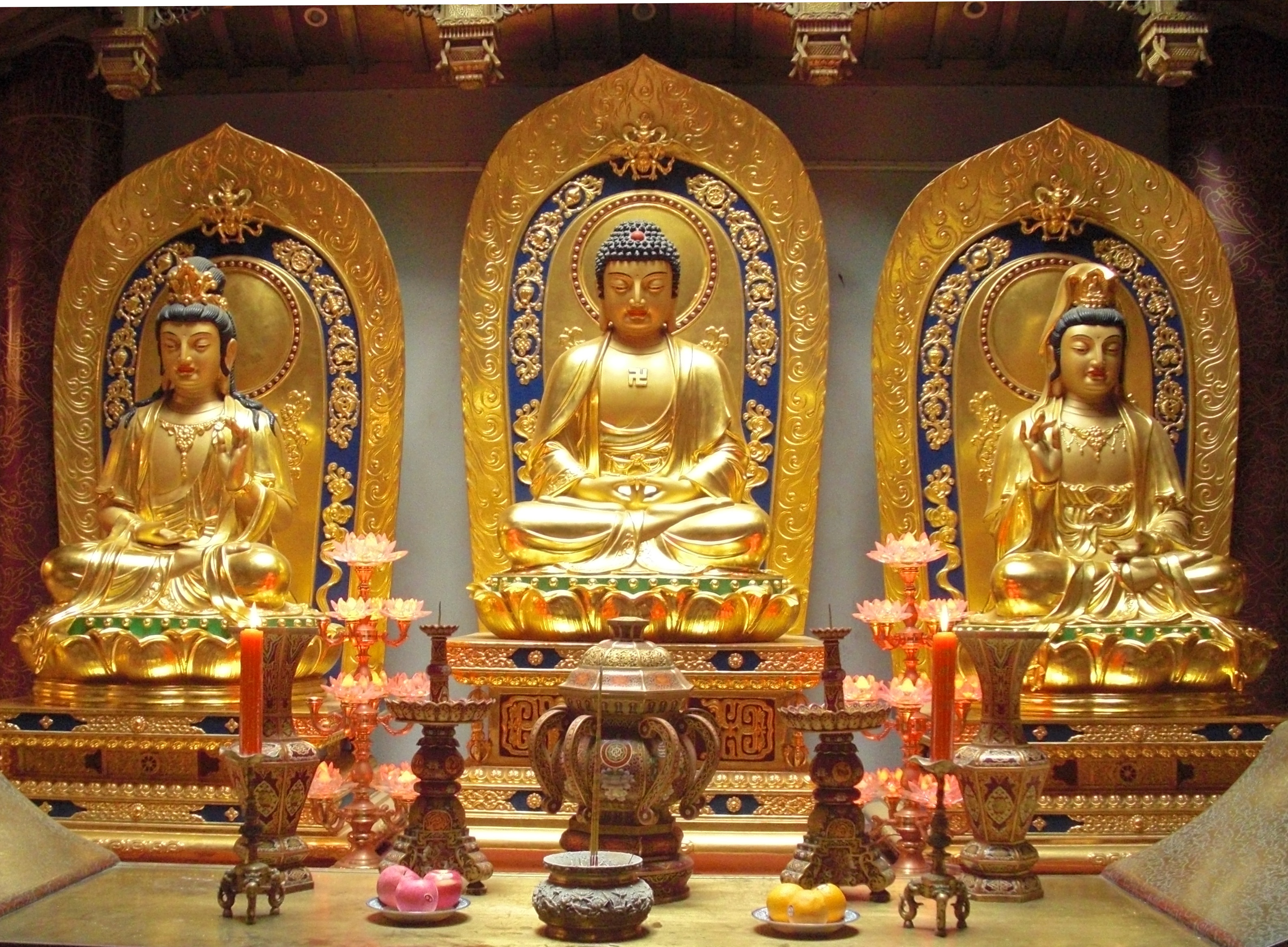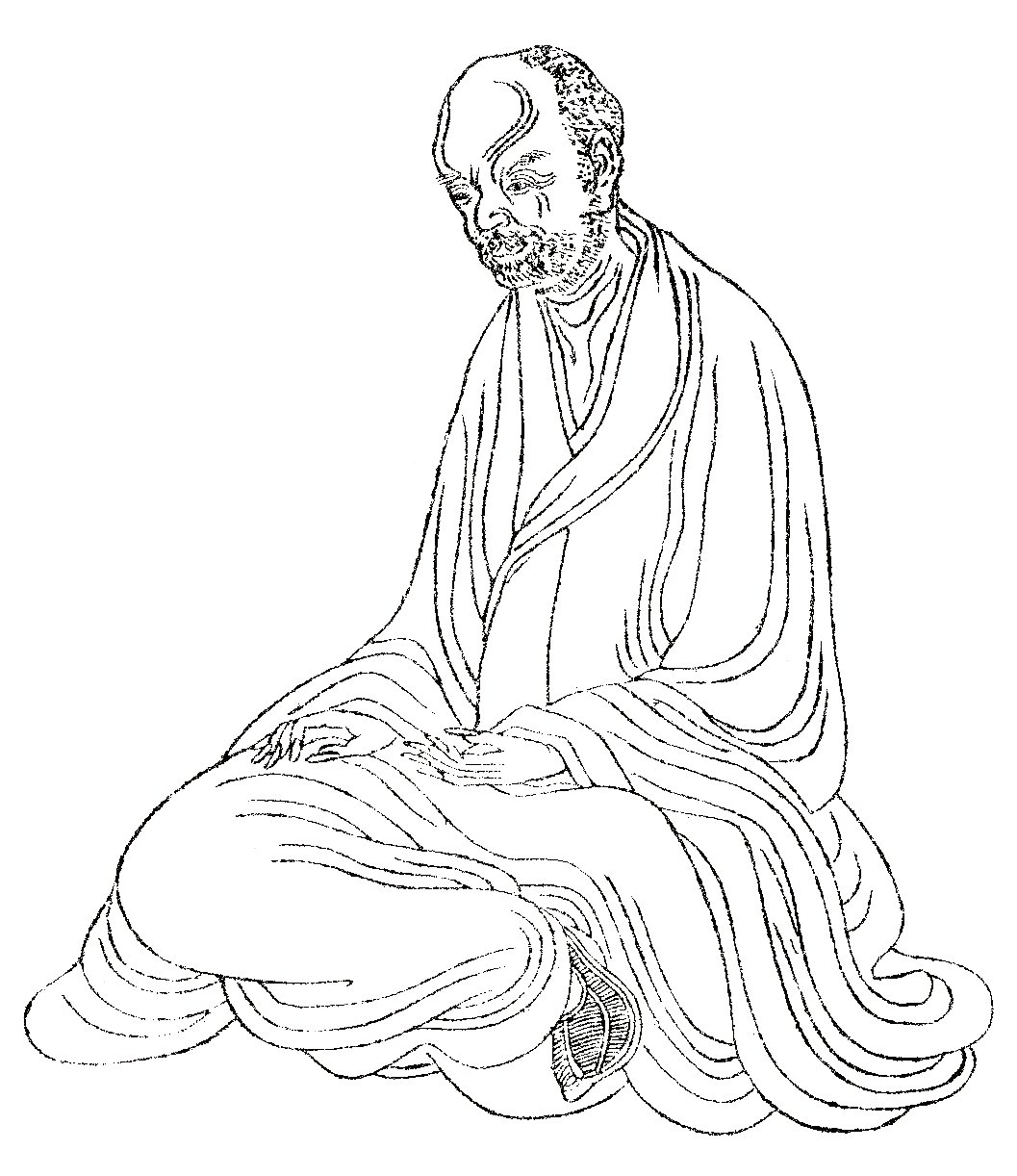|
AD 404
__NOTOC__ Year 404 ( CDIV) was a leap year starting on Friday of the Julian calendar. At the time, it was known as the Year of the Consulship of Honorius and Aristaenetus (or, less frequently, year 1157 ''Ab urbe condita''). The denomination 404 for this year has been used since the early medieval period, when the Anno Domini calendar era became the prevalent method in Europe for naming years. Events By place Roman Empire * January 1 – Last known gladiator fight in Rome: This date is usually given as the date of the martyrdom of Saint Telemachus, a Christian monk who was stoned by the crowd for trying to stop a gladiators' fight in a Roman amphitheatre. * October 6 – Empress Eudoxia has her seventh and last pregnancy, which ends in a miscarriage. She is left bleeding and dies of an infection shortly after. *Fravitta, a Goth serving the Eastern Roman Empire as a high-ranking general, is executed on the behest of a powerful official named Ioannes. Fravitta i ... [...More Info...] [...Related Items...] OR: [Wikipedia] [Google] [Baidu] |
Augustins - Saint Jean Chrysostome Et L'Impératrice Eudoxie - Jean Paul Laurens 2004 1 156
Augustinians are members of Christian religious orders that follow the Rule of Saint Augustine, written in about 400 AD by Augustine of Hippo. There are two distinct types of Augustinians in Catholic religious orders dating back to the 12th–13th centuries: * Various congregations of Canons Regular also follow the Rule of Saint Augustine, embrace the evangelical counsels and lead a semi-monastic life, while remaining committed to pastoral care appropriate to their primary vocation as priests. They generally form one large community which might serve parishes in the vicinity, and are organized into autonomous congregations. * Several orders of friars who live a mixed religious life of contemplation and apostolic ministry. The largest and most familiar is the Order of Saint Augustine (OSA), founded in 1244 and originally known as the Hermits of Saint Augustine (OESA). They are commonly known as the Austin Friars in England. Two other orders, the Order of Augustinian Recollects an ... [...More Info...] [...Related Items...] OR: [Wikipedia] [Google] [Baidu] |
Infection
An infection is the invasion of tissues by pathogens, their multiplication, and the reaction of host tissues to the infectious agent and the toxins they produce. An infectious disease, also known as a transmissible disease or communicable disease, is an illness resulting from an infection. Infections can be caused by a wide range of pathogens, most prominently bacteria and viruses. Hosts can fight infections using their immune system. Mammalian hosts react to infections with an innate response, often involving inflammation, followed by an adaptive response. Specific medications used to treat infections include antibiotics, antivirals, antifungals, antiprotozoals, and antihelminthics. Infectious diseases resulted in 9.2 million deaths in 2013 (about 17% of all deaths). The branch of medicine that focuses on infections is referred to as infectious disease. Types Infections are caused by infectious agents ( pathogens) including: * Bacteria (e.g. ''Mycobacterium tube ... [...More Info...] [...Related Items...] OR: [Wikipedia] [Google] [Baidu] |
Pure Land Buddhism
Pure Land Buddhism (; ja, 浄土仏教, translit=Jōdo bukkyō; , also referred to as Amidism in English,) is a broad branch of Mahayana Buddhism focused on achieving rebirth in a Buddha's Buddha-field or Pure Land. It is one of the most widely practiced traditions of Buddhism in East Asia. According to Charles B. Jones "Pure Land is the dominant form of Buddhism in China, Japan and Korea."Jones, Charles B. (2021). ''Pure Land: History, Tradition, and Practice'', p. xii. Shambhala Publications, . In Chinese Buddhism, the tradition is sometimes called a zōng (school) in an institutional sense, but historically it was most commonly described as a "dharma-gate" (fǎmén 法門), referring to a method of Buddhist practice. In Japanese Buddhism, the term more commonly refers to specific institutions.Jones, Charles B. (2019) ''Chinese Pure Land Buddhism, Understanding a Tradition of Practice,'' pp. 10-12. University of Hawai‘i Press / Honolulu. In Tibetan Buddhism, prayers and ... [...More Info...] [...Related Items...] OR: [Wikipedia] [Google] [Baidu] |
Huiyuan (Buddhist)
Huiyuan (; 334–416 AD) was a Chinese Buddhist teacher who founded Donglin Temple on Mount Lushan in Jiangxi province and wrote the text ''On Why Monks Do Not Bow Down Before Kings'' in 404 AD. He was born in Shanxi province but after a long life of Buddhist teaching he wound up in Jiangxi province, where he died in 416. Although he was born in the north, he moved south to live within the bounds of the Eastern Jin Dynasty. Huiyuan was posthumously named First Patriarch of the Pure Land School of Buddhism. His disciples included Huiguan (慧觀), Sengji (僧濟), and Faan (法安). Life Huiyuan began studying the '' Zhuangzi'' and ''Laozi'' at a young age, as well as the teachings of Confucius. However, at the age of 21 he was converted in Hebei Province by the Buddhist Dao An, who was a Chinese disciple of a Kuchan missionary. Hearing the sermons of Dao An convinced Huiyuan to "leave the family" and embark on a life of Buddhist teachings.Ebrey, Cambridge Illustrated Histor ... [...More Info...] [...Related Items...] OR: [Wikipedia] [Google] [Baidu] |
Buddhism
Buddhism ( , ), also known as Buddha Dharma and Dharmavinaya (), is an Indian religion or philosophical tradition based on teachings attributed to the Buddha. It originated in northern India as a -movement in the 5th century BCE, and gradually spread throughout much of Asia via the Silk Road. It is the world's fourth-largest religion, with over 520 million followers (Buddhists) who comprise seven percent of the global population. The Buddha taught the Middle Way, a path of spiritual development that avoids both extreme asceticism and hedonism. It aims at liberation from clinging and craving to things which are impermanent (), incapable of satisfying ('), and without a lasting essence (), ending the cycle of death and rebirth (). A summary of this path is expressed in the Noble Eightfold Path, a training of the mind with observance of Buddhist ethics and meditation. Other widely observed practices include: monasticism; "taking refuge" in the Buddha, the , and the ... [...More Info...] [...Related Items...] OR: [Wikipedia] [Google] [Baidu] |
China
China, officially the People's Republic of China (PRC), is a country in East Asia. It is the world's List of countries and dependencies by population, most populous country, with a Population of China, population exceeding 1.4 billion, slightly ahead of India. China spans the equivalent of five time zones and Borders of China, borders fourteen countries by land, the List of countries and territories by land borders, most of any country in the world, tied with Russia. Covering an area of approximately , it is the world's third List of countries and dependencies by area, largest country by total land area. The country consists of 22 provinces of China, provinces, five autonomous regions of China, autonomous regions, four direct-administered municipalities of China, municipalities, and two special administrative regions of China, Special Administrative Regions (Hong Kong and Macau). The national capital is Beijing, and the List of cities in China by population, most populous cit ... [...More Info...] [...Related Items...] OR: [Wikipedia] [Google] [Baidu] |
Liaodong
The Liaodong Peninsula (also Liaotung Peninsula, ) is a peninsula in southern Liaoning province in Northeast China, and makes up the southwestern coastal half of the Liaodong region. It is located between the mouths of the Daliao River (the historical lower section of the Liao River) in the west and the Yalu River in the east, and encompasses the territories of the whole sub-provincial city of Dalian and parts of prefectural cities of Yingkou, Anshan and Dandong. The word "Liaodong" literally means "Liao region's east", referring initially to the Warring States period Yan commandery of Liaodong, which encompassed an area from modern Liaoning-Jilin border in the north to the Chongchon River on the Korean Peninsula in the south, and from just east of the Qian Mountains to a now-disappeared large wetland between the western banks of middle Liao River and the base of Yiwulü Mountain, historically known as the "Liao Mire" (遼澤, ''Liáo zé'') roughly in between ... [...More Info...] [...Related Items...] OR: [Wikipedia] [Google] [Baidu] |
Korea
Korea ( ko, 한국, or , ) is a peninsular region in East Asia. Since 1945, it has been divided at or near the 38th parallel, with North Korea (Democratic People's Republic of Korea) comprising its northern half and South Korea (Republic of Korea) comprising its southern half. Korea consists of the Korean Peninsula, Jeju Island, and several minor islands near the peninsula. The peninsula is bordered by China to the northwest and Russia to the northeast. It is separated from Japan to the east by the Korea Strait and the Sea of Japan (East Sea). During the first half of the 1st millennium, Korea was divided between three states, Goguryeo, Baekje, and Silla, together known as the Three Kingdoms of Korea. In the second half of the 1st millennium, Silla defeated and conquered Baekje and Goguryeo, leading to the " Unified Silla" period. Meanwhile, Balhae formed in the north, superseding former Goguryeo. Unified Silla eventually collapsed into three separate states due ... [...More Info...] [...Related Items...] OR: [Wikipedia] [Google] [Baidu] |
Goguryeo
Goguryeo (37 BC–668 AD) ( ) also called Goryeo (), was a Korean kingdom located in the northern and central parts of the Korean Peninsula and the southern and central parts of Northeast China. At its peak of power, Goguryeo controlled most of the Korean peninsula, large parts of Manchuria and parts of eastern Mongolia and Inner Mongolia. Along with Baekje and Silla, Goguryeo was one of the Three Kingdoms of Korea. It was an active participant in the power struggle for control of the Korean peninsula and was also associated with the foreign affairs of neighboring polities in China and Japan. The ''Samguk sagi'', a 12th-century text from Goryeo, indicates that Goguryeo was founded in 37 BC by Jumong (), a prince from Buyeo, who was enthroned as Dongmyeong. Goguryeo was one of the great powers in East Asia, until its defeat by a Silla–Tang alliance in 668 after prolonged exhaustion and internal strife caused by the death of Yeon Gaesomun (). After its fall, i ... [...More Info...] [...Related Items...] OR: [Wikipedia] [Google] [Baidu] |
Gwanggaeto The Great
Gwanggaeto the Great (374–413, r. 391–413) was the nineteenth monarch of Goguryeo. His full posthumous name means "Entombed in ''Gukgangsang'', Broad Expander of Domain, Peacemaker, Supreme King", sometimes abbreviated to ''Hotaewang''. His era name is ''Yeongnak'' and he is occasionally recorded as ''Yeongnak Taewang'' (''"Supreme King" or "Emperor" Yeongnak''). Gwanggaeto's imperial reign title meant that Goguryeo was on equal standing as an empire with the imperial dynasties in China. Under Gwanggaeto, Goguryeo began a golden age, becoming a powerful empire and one of the great powers in East Asia. Gwanggaeto made enormous advances and conquests into: Western Manchuria against Khitan tribes; Inner Mongolia and the Maritime Province of Russia against numerous nations and tribes; and the Han River valley in central Korea to control over two-thirds of the Korean peninsula. In regard to the Korean peninsula, Gwanggaeto defeated Baekje, the then most powerful of the ... [...More Info...] [...Related Items...] OR: [Wikipedia] [Google] [Baidu] |
Honorius (emperor)
Honorius (9 September 384 – 15 August 423) was Roman emperor from 393 to 423. He was the younger son of emperor Theodosius I and his first wife Aelia Flaccilla. After the death of Theodosius, Honorius ruled the western half of the empire while his brother Arcadius ruled the eastern half. In 410, during Honorius's reign over the Western Roman Empire, Rome was sacked for the first time in almost 800 years. Even by the standards of the Western Empire, Honorius's reign was precarious and chaotic. His early reign was supported by his principal general, Stilicho, who was successively Honorius's guardian (during his childhood) and his father-in-law (after the emperor became an adult). Family Honorius was born to Emperor Theodosius I and Empress Aelia Flaccilla on 9 September 384 in Constantinople. He was brother to Arcadius and Pulcheria. In 386, his mother died, and in 387, Theodosius married Galla who had taken a temporary refuge in Thessaloniki with her family, including he ... [...More Info...] [...Related Items...] OR: [Wikipedia] [Google] [Baidu] |
Arcadius
Arcadius ( grc-gre, Ἀρκάδιος ; 377 – 1 May 408) was Roman emperor from 383 to 408. He was the eldest son of the ''Augustus'' Theodosius I () and his first wife Aelia Flaccilla, and the brother of Honorius (). Arcadius ruled the eastern half of the empire from 395, when their father died, while Honorius ruled the west. A weak ruler, his reign was dominated by a series of powerful ministers and by his wife, Aelia Eudoxia.Nicholson, p. 119 Early life Arcadius was born in 377 in Hispania, the eldest son of Theodosius I and Aelia Flaccilla, and brother of Honorius. On 16 January 383, his father declared the five-year-old Arcadius an Augustus and co-ruler for the eastern half of the Empire. Ten years later a corresponding declaration made Honorius Augustus of the western half. Arcadius passed his early years under the tutelage of the rhetorician Themistius and Arsenius Zonaras, a monk. Emperor Early reign Both of Theodosius' sons were young and inexperienced ... [...More Info...] [...Related Items...] OR: [Wikipedia] [Google] [Baidu] |







